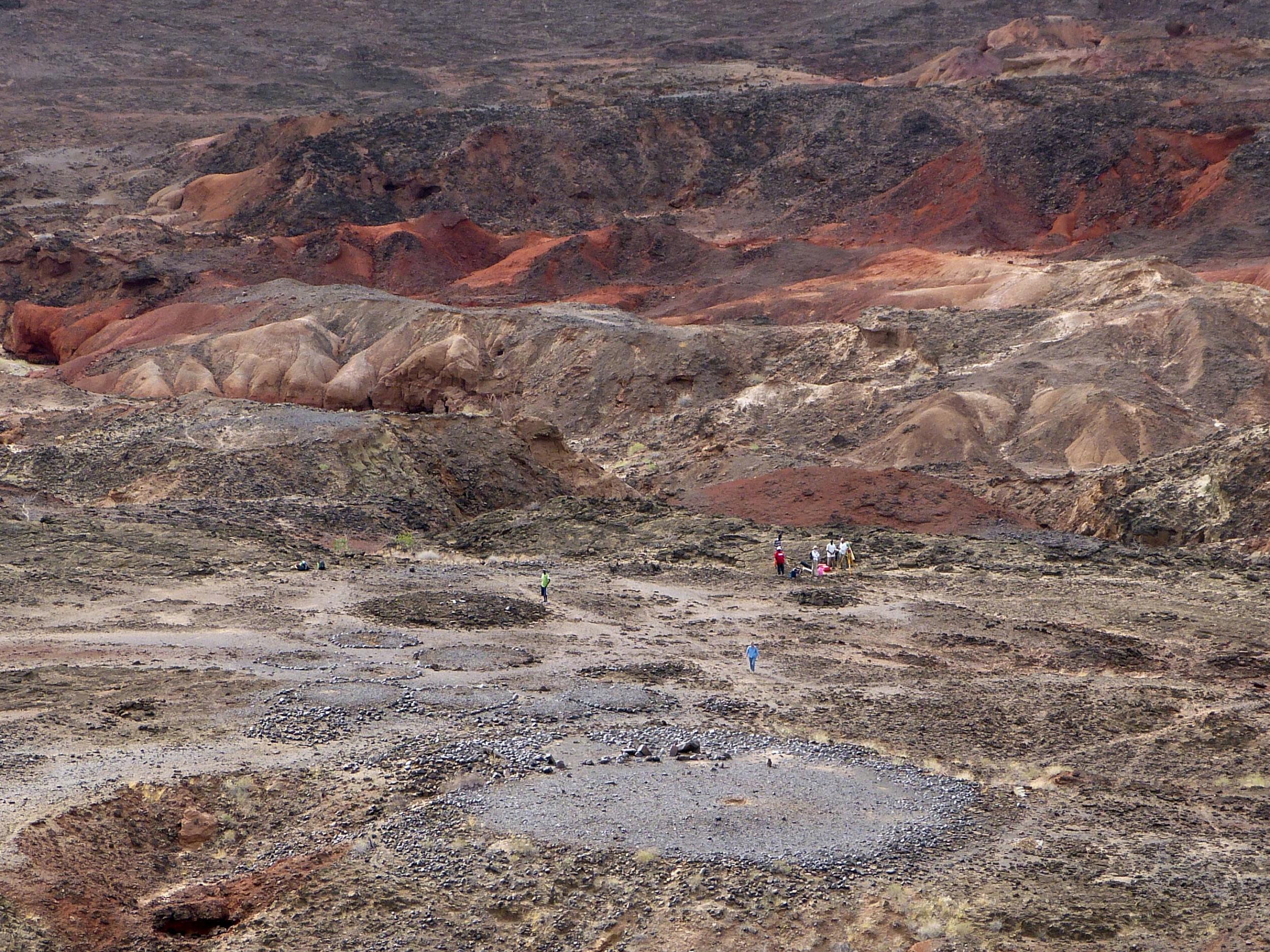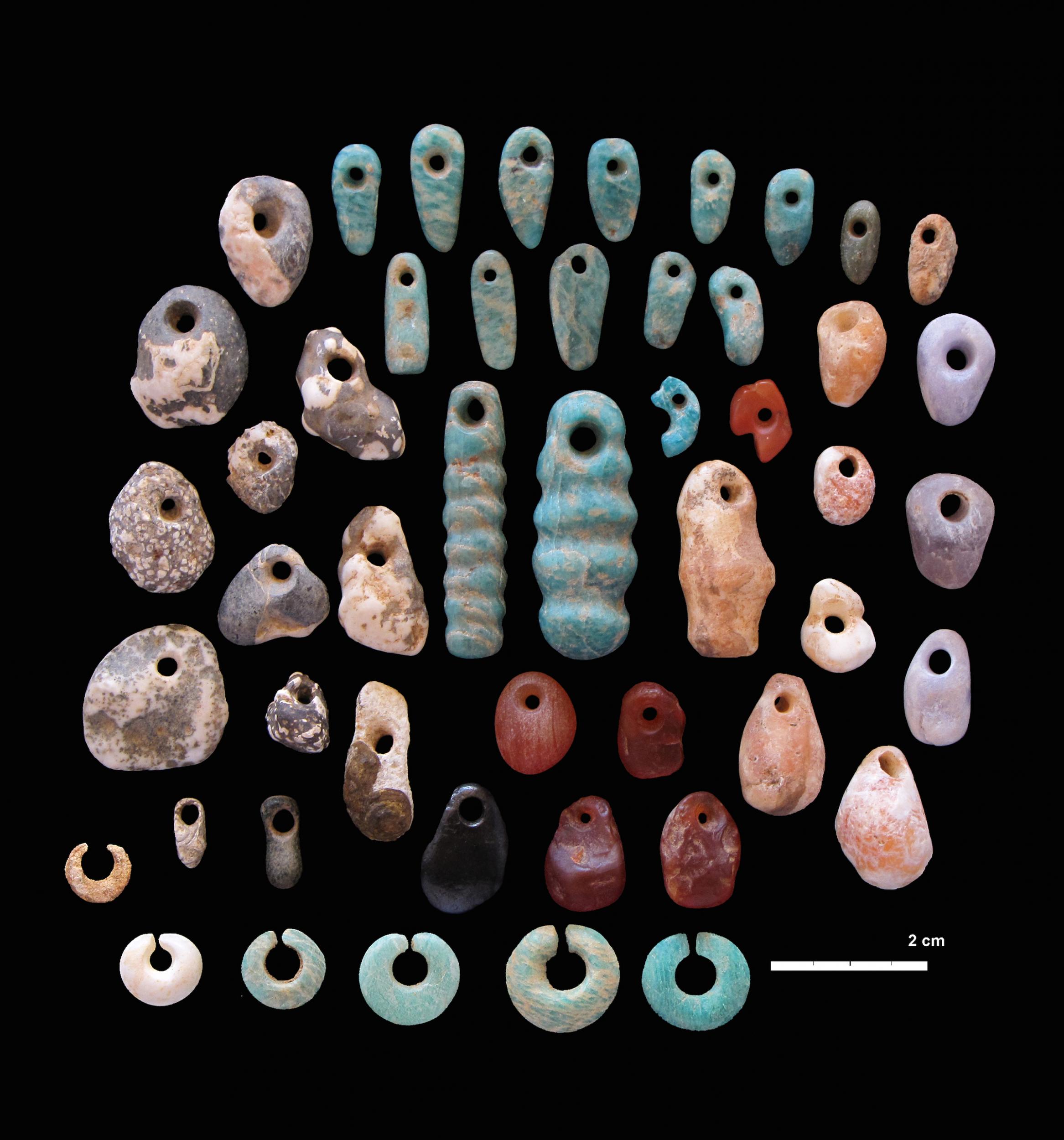Massive ancient cemetery built by early herders unearthed in Kenya
Site containing remains of nearly 600 people would have served as community hub for region's scattered population, archaeologists believe

An ancient cemetery containing the remains of nearly 600 people has been discovered at a site in northern Kenya.
Constructed near Lake Turkana by the simple herders that inhabited the region 5,000 years ago, the Lothagam North Pillar Site, a cavity in the ground was filled with the dead.
The ancient Kenyans then stacked stones and raised large pillars to place on top.
Some of them appear to have been sourced from up to a kilometre away, archeologists said.
This kind of monumental architecture has previously been associated with societies governed by strict hierarchies such as ancient Egypt.
However, these east African herders are thought to have in an egalitarian society, based on the principle that all people are equal and deserve equal rights, raising questions about what drove them to undertake such ambitious construction projects.
"This discovery challenges earlier ideas about monumentality," explained Dr Elizabeth Sawchuk of Stony Brook University, part of the research team behind the discovery.

"Absent other evidence, Lothagam North provides an example of monumentality that is not demonstrably linked to the emergence of hierarchy, forcing us to consider other narratives of social change."
Although the team only excavated a small area of the 120 square metre “mortuary cavity”, they found that men, women and children of a variety of ages had been buried closely together over several centuries.
None of the burials appears to have been singled out as particularly special and while the ornaments like stone beads were found, these too seemed to be shared equally among the grave’s occupants.
These findings were published in the journal Proceedings of the National Academy of Sciences.
As the herding lifestyle would have mean the region’s population was scattered and constantly shifting, the archaeologists suggested having a central hub would have provided them with a place to gather and strengthen social networks. This enormous grave may well have been that hub.
"The monuments may have served as a place for people to congregate, renew social ties, and reinforce community identity," said Dr Anneke Janzen of the Max Planck Institute for the Science of Human History.
"Information exchange and interaction through shared ritual may have helped mobile herders navigate a rapidly changing physical landscape."
The construction of this ancient monument coincided with a time of great environmental change in northern Kenya.
Rainfall during this period decreased sharply and the enormous Lake Turkana shrunk by up to half its previous volume.
The findings suggest that the social bonds formed at the monument may have helped people make it through difficult times. By the time the region had become less hostile to human life, the cemetery site appears to have been abandoned.
Join our commenting forum
Join thought-provoking conversations, follow other Independent readers and see their replies
Comments
Bookmark popover
Removed from bookmarks